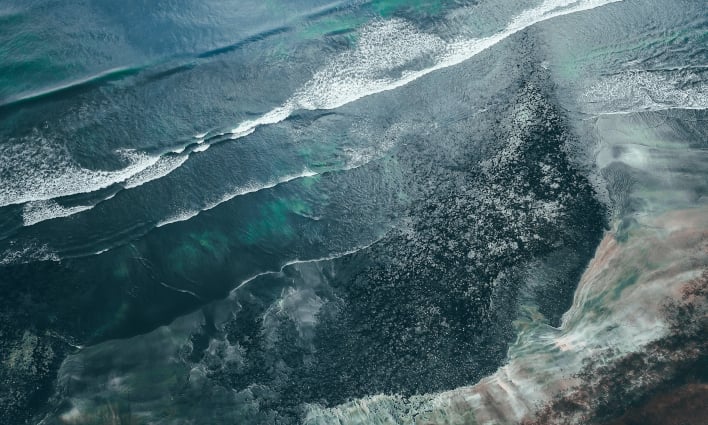Canadian Astronomers Discover Two Amazing Planets That Could Be Made Of Half Water

According to a newly published research paper, two exoplanets, which are about one and a half times the size of Earth, could be composed largely of water. The Canadian research team, led by Ph.D. student Caroline Piaulet of the Trottier Institute for Research on Exoplanets (iREx), utilized NASA's Hubble telescope and the retired Spitzer space telescope to make their determinations concerning Kepler-138c and Kepler-138d.
While water was not directly detected, the team concluded by comparing the sizes and masses of the planets to existing models, that a significant fraction of their volume, up to half, should consist of materials that are lighter than rock, but heavier than hydrogen or helium. Water is the most common of the candidate materials.

Until now, most of the planets that are slightly larger than Earth which has been studied in detail seemed to be rocky worlds. Researchers pointed out that the closest comparison to the two planets would be some of the icy moons in our outer solar system, mainly composed of water surrounding a rocky core.
"Imagine larger versions of Europa or Enceladus, the water-rich moons orbiting Jupiter and Saturn, but brought much closer to their star," explained Piaulet. "Instead of an icy surface, Kepler 138 c and d would harbor large water-vapor envelopes."
The team cautions that the planets may not have oceans like those we are familiar with here on Earth. Piaulet says that the temperature in Kepler-138c's and Kepler-138d's atmospheres are most likely above the boiling point of water. The researchers expect a "thick, dense atmosphere made of steam on these planets."
Another surprise the researchers found was that Kepler-138c and Kepler-138d are "twin" planets, with virtually the same size and mass. Before the new findings, the two exoplanets were believed to be drastically different.

